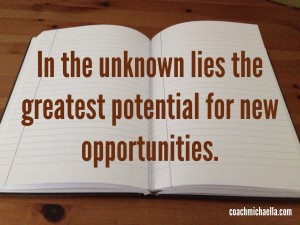 Whether you’re launching a brand-new website or revamping an existing one, the writing on your website can be the difference between a website that rains (revenue) and one that doesn’t.
Whether you’re launching a brand-new website or revamping an existing one, the writing on your website can be the difference between a website that rains (revenue) and one that doesn’t.
The most common mistake business owners make is the failure to answer one simple question for your audience.
Failing to answer this one question means your future customers will leave your website and move on to your competitor’s websites.
(Image credit Meme Generator & Copyright Little Wayne.)
What’s In It For Me?
This is the silent question every website visitor is asking when they land on your website.
If you don’t answer your visitor’s questions, relate to their situation, intrigue your visitor or provide value in some way, they will leave your website.
A common mistake…
Many businesses writing text for their websites focus on themselves and their business, instead of putting themselves in the shoes of their prospective customers.
You’ve been to these websites, they go on and on about their products, services and qualifications, but not in a way that meets you where you are or feels relevant to your situation.
Do You Feel My Pain?
Put yourself in your customer’s shoes.
Prior to a visitor landing on your website, they’ll often be on Google, searching for a solution to a problem they’re having.
Generally their problem will be causing them discomfort, if not pain, otherwise they wouldn’t be trying to solve it.
When you’re writing the text for your website ask yourself:
- What discomfort or pain do my customers have ?
- What language do they use to describe their pain?
- When and how does this problem show up for them?
Write your website text in the language your customers use, that reflects their pain or discomfort, describing a moment in their life.
On the topic of pain…let’s compare two approaches
Consider the product ibuprofen.
If you were writing the text for the website designed to sell more ibuprofen, you could discuss the features of the product: how it lasts a certain amount of time, and it comes in a bottle filled with 80 capsules is more affordable than aspirin etc.
All pretty boring stuff, right?
Or you could paint a picture….describe a beautiful sunny Sunday, and you’d love to go out for a run with your friends, but you can’t because your knees are hurting you again, and you’re just sick of this, and you’re gaining weight, and you’re feeling like a big lump, and your life quality has gone downhill.
Writing from your customer’s perspective can create a compelling emotional reaction.
Really get into the discomfort or the pain points that your future customers are suffering, try and paint a picture of a moment in time, in a day in the life of your customer.
Then from there describe the transformation they can experience once they utilize what you sell.
An example of a transformation:
Now I’ve taken ibuprofen, and now I am limber, I can go and play with my grandkids, (if I had grandkids) and I am training for my first triathlon and I feel more confident in my body and I have a better quality of life.
Wow. That is powerful stuff.
That’s the difference between crappy copywriting that alienates or bores people and copywriting that engages your audience.
Please like and share this article.
I also would love to hear your comments in the box below.
You can subscribe to my channel on YouTube for more online marketing tips, or visit my website for more information about how I help people get better results from their online marketing.














